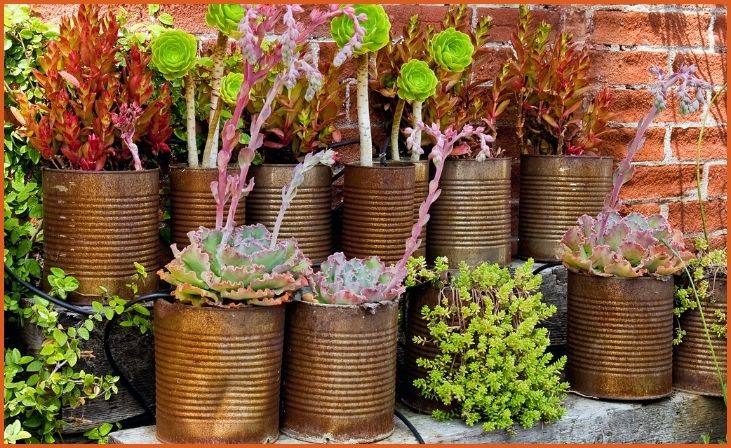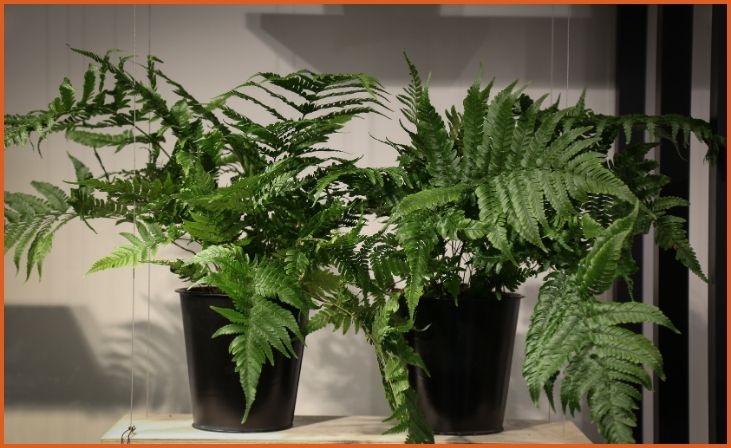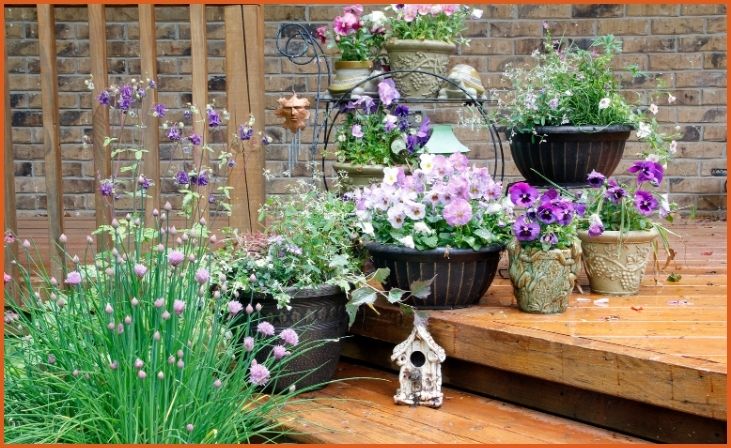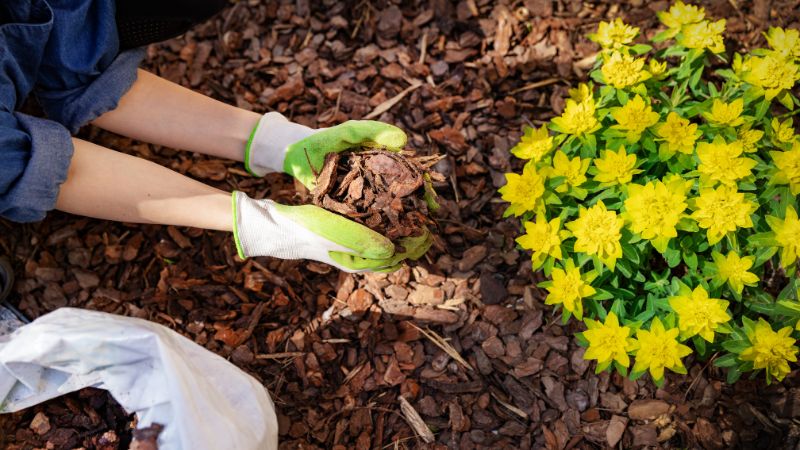Container gardening is an excellent option for those with limited space, poor soil conditions, or simply a love for growing plants in a more controlled environment. Whether you have a small balcony, patio, or even a windowsill, container gardening allows you to enjoy the beauty and benefits of gardening without needing a large plot of land. Here are seven essential things to know about container gardening to help you get started.
1. Choosing the Right Containers

One of the most important aspects of container gardening is selecting the right containers for your plants. The size, material, and drainage capabilities of the containers all play a crucial role in the health of your plants. When choosing a container, ensure it is large enough to accommodate the root system of the plant and allows for proper growth. Materials such as terracotta, plastic, and ceramic each have their pros and cons. Additionally, ensure your container has drainage holes at the bottom to prevent water from stagnating, which can lead to root rot.
2. Selecting the Best Soil Mix
Unlike traditional gardening, container gardening requires a specialized soil mix that provides proper drainage and nutrient retention. Garden soil alone is too dense and can lead to poor drainage in containers. Instead, opt for a high-quality potting mix designed for container gardening. These mixes typically include a blend of peat moss, vermiculite, perlite, and compost, providing the right balance of moisture retention and aeration. Some potting mixes may also contain slow-release fertilizers, giving your plants a nutrient boost throughout the growing season.
3. Understanding Watering Needs
Watering is a critical aspect of container gardening, as containers tend to dry out more quickly than garden beds. The amount and frequency of watering depend on factors such as the type of plant, container size, and local climate. Most container plants require daily watering during hot weather, but it’s important to check the moisture level before watering to avoid overwatering. A good rule of thumb is to water when the top inch of soil feels dry to the touch. Additionally, using self-watering containers or adding a layer of mulch on top of the soil can help retain moisture.
4. Providing Adequate Sunlight

Sunlight is another essential factor for successful container gardening. Most plants require at least 6-8 hours of direct sunlight each day to thrive. Before placing your containers, observe the sunlight patterns in your space to determine the best location for your plants. If your space receives limited sunlight, consider growing shade-tolerant plants such as ferns, hostas, or certain herbs. Conversely, if you have a sun-drenched balcony or patio, opt for sun-loving plants like tomatoes, peppers, or geraniums. You can also use wheeled plant caddies to move containers around to follow the sun.
5. Fertilizing Your Plants
Because container plants rely on a limited amount of soil, they require regular fertilization to ensure healthy growth and bountiful yields. Over time, nutrients in the potting mix can become depleted, so it’s important to replenish them. Depending on the type of plants you are growing, you can use liquid fertilizers, granular slow-release fertilizers, or organic options like compost tea. It’s crucial to follow the instructions on the fertilizer packaging to avoid over-fertilizing, which can lead to nutrient imbalances and harm your plants. Regular feeding every 2-4 weeks during the growing season is usually sufficient.
6. Managing Pests and Diseases
Container gardening doesn’t completely eliminate the risk of pests and diseases, but it does provide some advantages in managing them. Since containers are isolated, they are less susceptible to soil-borne diseases and weeds. However, common pests like aphids, spider mites, and whiteflies can still pose a threat. Regularly inspect your plants for signs of infestation, and consider using natural pest control methods such as neem oil, insecticidal soap, or introducing beneficial insects like ladybugs. Proper spacing between plants and avoiding overwatering can also help reduce the risk of disease.
7. Choosing the Right Plants

Not all plants are suitable for container gardening, so it’s important to choose plants that thrive in confined spaces. Vegetables like tomatoes, peppers, and lettuce are popular choices, as are herbs like basil, rosemary, and thyme. Many flowers, such as petunias, marigolds, and geraniums, also do well in containers. When selecting plants, consider their mature size, light requirements, and compatibility with other plants in the same container. Grouping plants with similar needs together will make it easier to care for them and ensure they all receive the proper amount of water, sunlight, and nutrients.
Conclusion
Container gardening offers a versatile and accessible way to enjoy gardening, even in small spaces. By choosing the right containers, soil mix, and plants, providing adequate sunlight, and understanding watering and fertilization needs, you can create a thriving garden right on your balcony, patio, or windowsill. With these seven essential tips, you’ll be well on your way to enjoying the beauty and rewards of container gardening, no matter where you live. Happy gardening!



